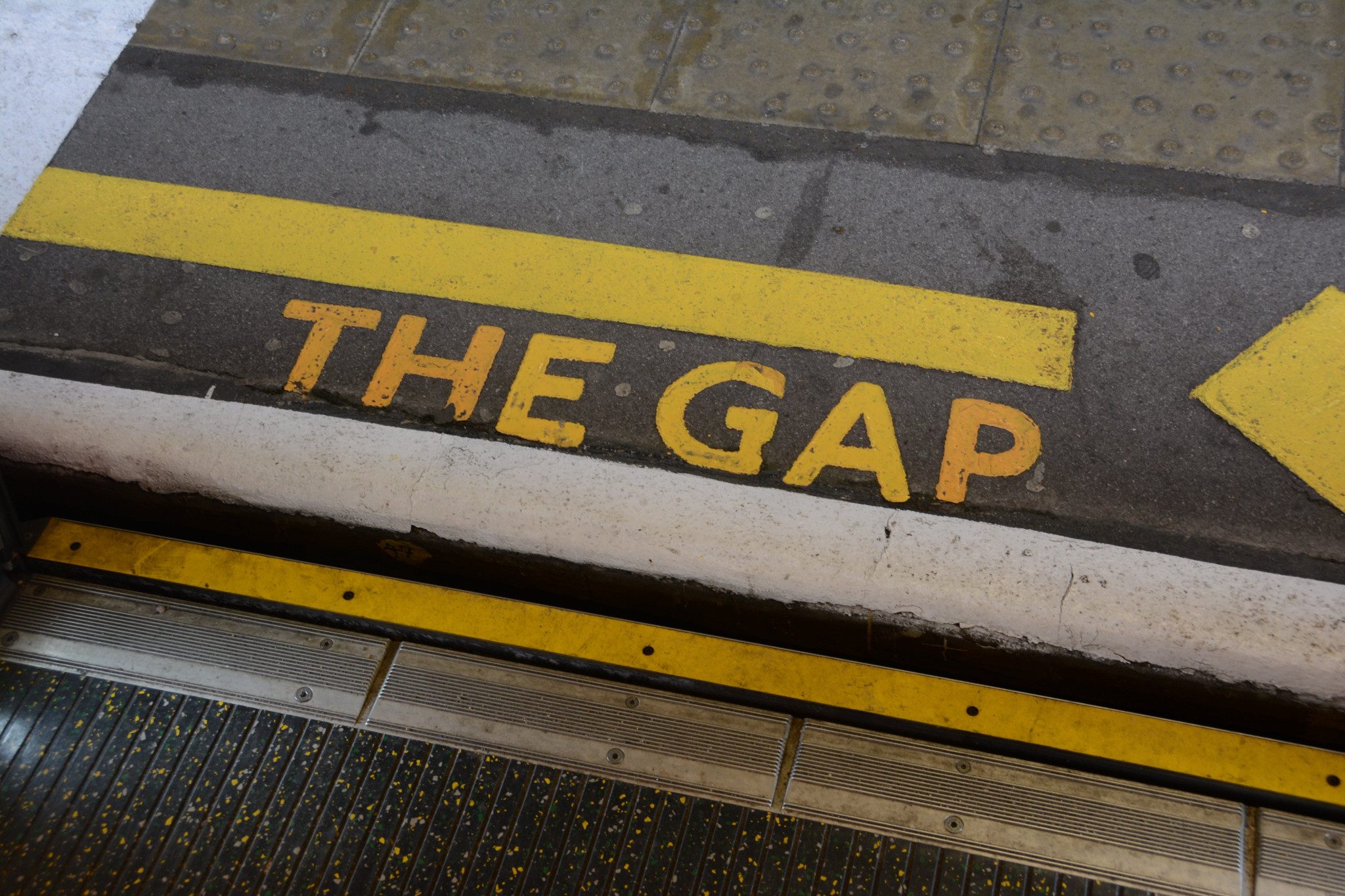
The realm of classical music, traditionally perceived as a bastion of exclusivity and a preserve of the elite, has experienced profound shifts throughout history. Its evolution is a testament to the changing relationship between this venerable art form and the societies it touches. Initially, in the tapestry of early European life, music was an omnipresent force, weaving through the fabric of daily existence without the barriers that later epochs would erect. It was a communal treasure, shared and experienced by all layers of society, from peasants to royalty, without the formalities that would later define concert etiquette.
This review delves into the transformative journey of classical music, tracing its path from the communal hearths of the past to the grand concert halls of today, and further, into the digital spaces that now host its latest incarnation. It sheds light on pivotal moments and pioneering initiatives that have aimed to dismantle the walls of exclusivity, making classical music more accessible to a broader audience.
As we journey through the centuries, we observe the crystallization of this divide, with the 19th century ushering in an era of formal concert settings and the rise of the professional musician. This period saw the solidification of classical music as a domain of the trained and the talented, performed for the passive consumption of the silent majority. The communal essence of music began to fade, replaced by a model that emphasized observation over participation.
From Intimate Gatherings to Grand Halls
In its infancy, classical music was not confined to silent, reverent listening in opulent halls; it was part of the communal rites of life, celebrated and enjoyed in open fields, marketplaces, and homes. Music served not just as entertainment but as a communal language that articulated the joys, sorrows, and rhythms of daily life. The advent of conservatories and paid opera performances in the 17th century marked the beginning of a gradual shift, introducing a more structured approach to musical education and consumption but also starting to delineate a divide between the musician and the audience.
As research has shown, music was an integral part of community life, with no clear divide between creators, performers, and audiences. The inception of conservatories and paid operas in the 17th century marked the beginning of a separation between musicians and the public. These institutions, originally founded as asylums for young women, gradually became centers of musical training, notably the Ospedale della Pietà where Vivaldi taught. This period also saw the rise of professional musicians collaborating with amateurs, a tradition that fostered a communal spirit within music.
The Shift Towards Formality
The 19th century witnessed a further distancing between music-makers and their audiences, driven by the growing complexity of compositions and the virtuosity of performers. The establishment of professional symphony orchestras and formal concert settings introduced a new era where audiences were expected to observe in silence, a stark contrast to the interactive and social nature of earlier music experiences.
Efforts to Reconnect
Despite these shifts, the 20th and 21st centuries have witnessed a resurgence of efforts to reconnect the public with classical music. Education programs spearheaded by orchestras and concert halls, inspired by visionaries like Richard McNicol, have sought to rekindle the flame of classical music among the youth. Projects like Venezuela’s El Sistema have demonstrated the power of music to transcend socio-economic barriers, fostering a sense of community and shared humanity through classical music.
Decentralizing Classical Music
The trend towards decentralizing music venues, moving away from city centers to engage broader communities, represents another significant effort to democratize access to classical music. Institutions like Cité de la musique in Paris and Casa da Música in Porto exemplify this approach, serving wider communities and challenging the notion that classical music is reserved for the elite. The decentralization also represents another stride towards inclusivity. This effort not only brings classical music to new audiences but also reimagines the role of music venues as community hubs, integral to the cultural and social life of the areas they serve.
The Digital Era and Beyond
The COVID-19 pandemic has underscored the importance of digital platforms in maintaining the connection between artists and audiences. The surge in online performances has not only provided solace during times of isolation but also opened new avenues for reaching audiences far and wide. This digital shift, while born out of necessity, offers a glimpse into the future of classical music as a more inclusive and accessible art form.
Conclusion
The journey of classical music from its communal roots to the grand concert halls, and now into the digital age, reflects a continuous effort to bridge the gap between the art form and the public. While challenges remain, the ongoing initiatives to make classical music accessible to all signal a promising direction towards inclusivity and community engagement. As we look to the future, the lessons from the past and present offer valuable insights into how classical music can continue to enrich lives, foster community, and transcend barriers.
By charting the dynamic evolution of classical music and its efforts to democratize access, we have tried to underscore the enduring power of this art form to adapt, evolve, and continue to enrich the tapestry of human life. It highlights the ongoing journey of classical music towards a more inclusive and accessible future, where it can once again resonate with the communal spirit of its origins.










Very informing article!
Thank you!